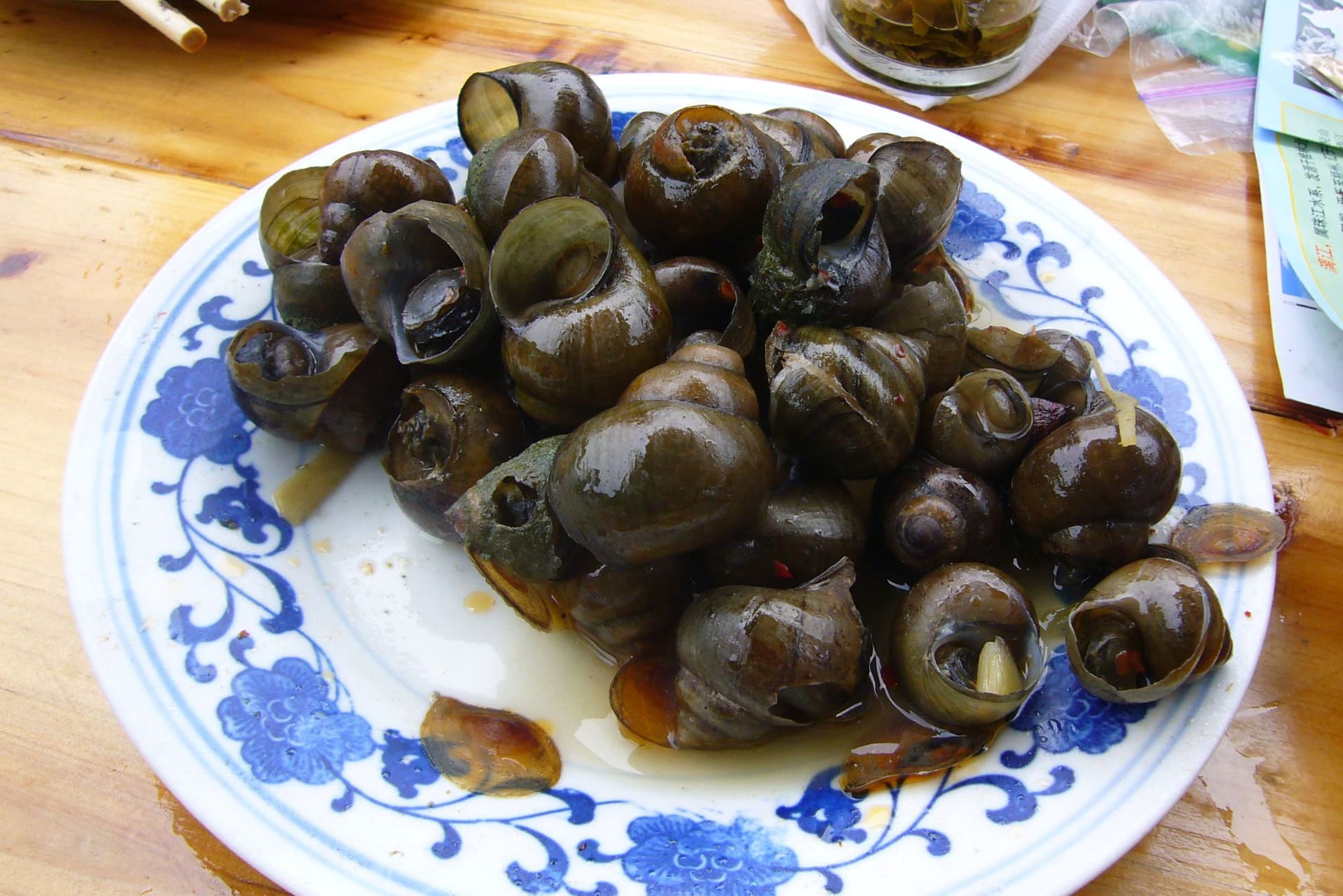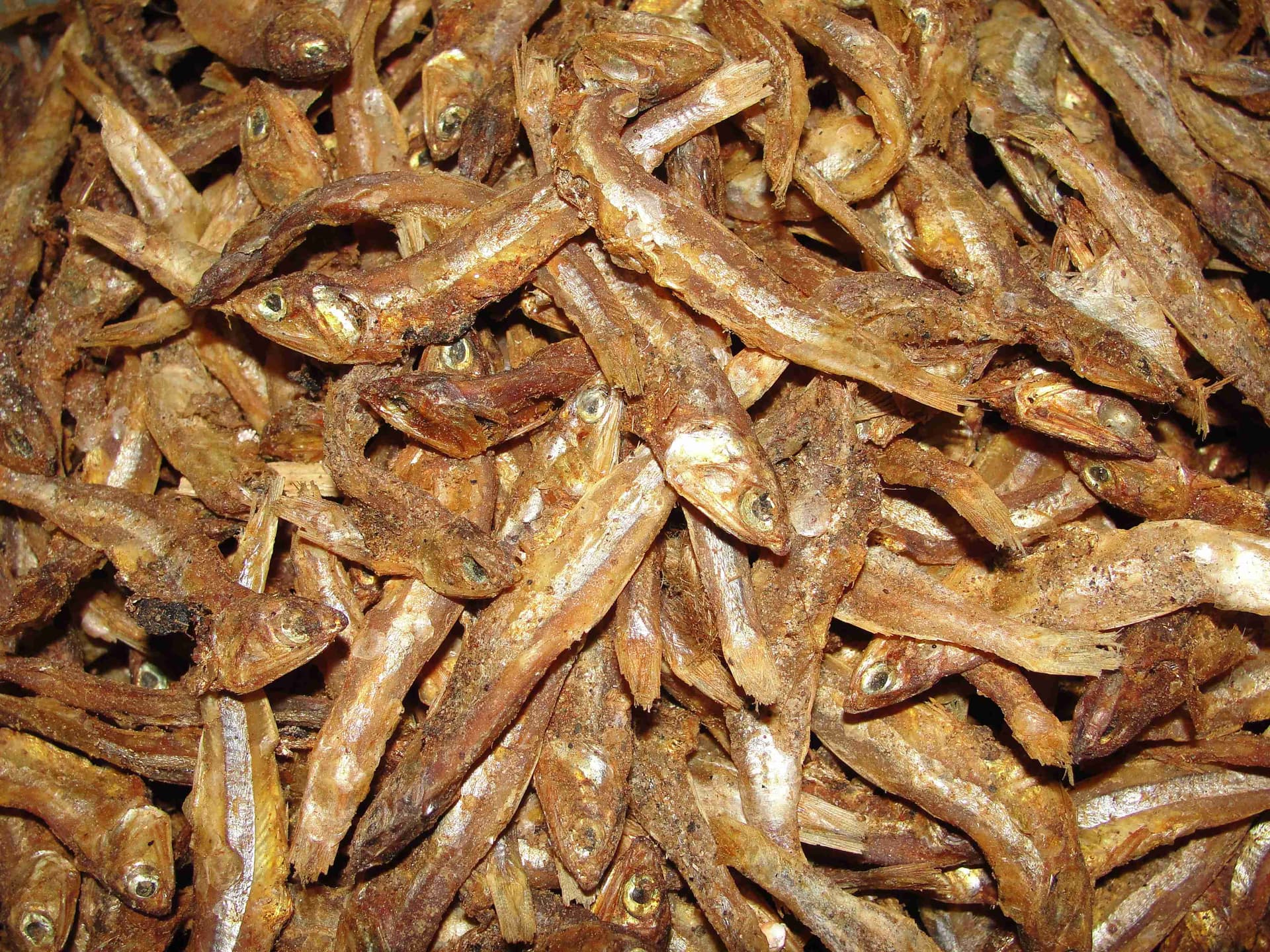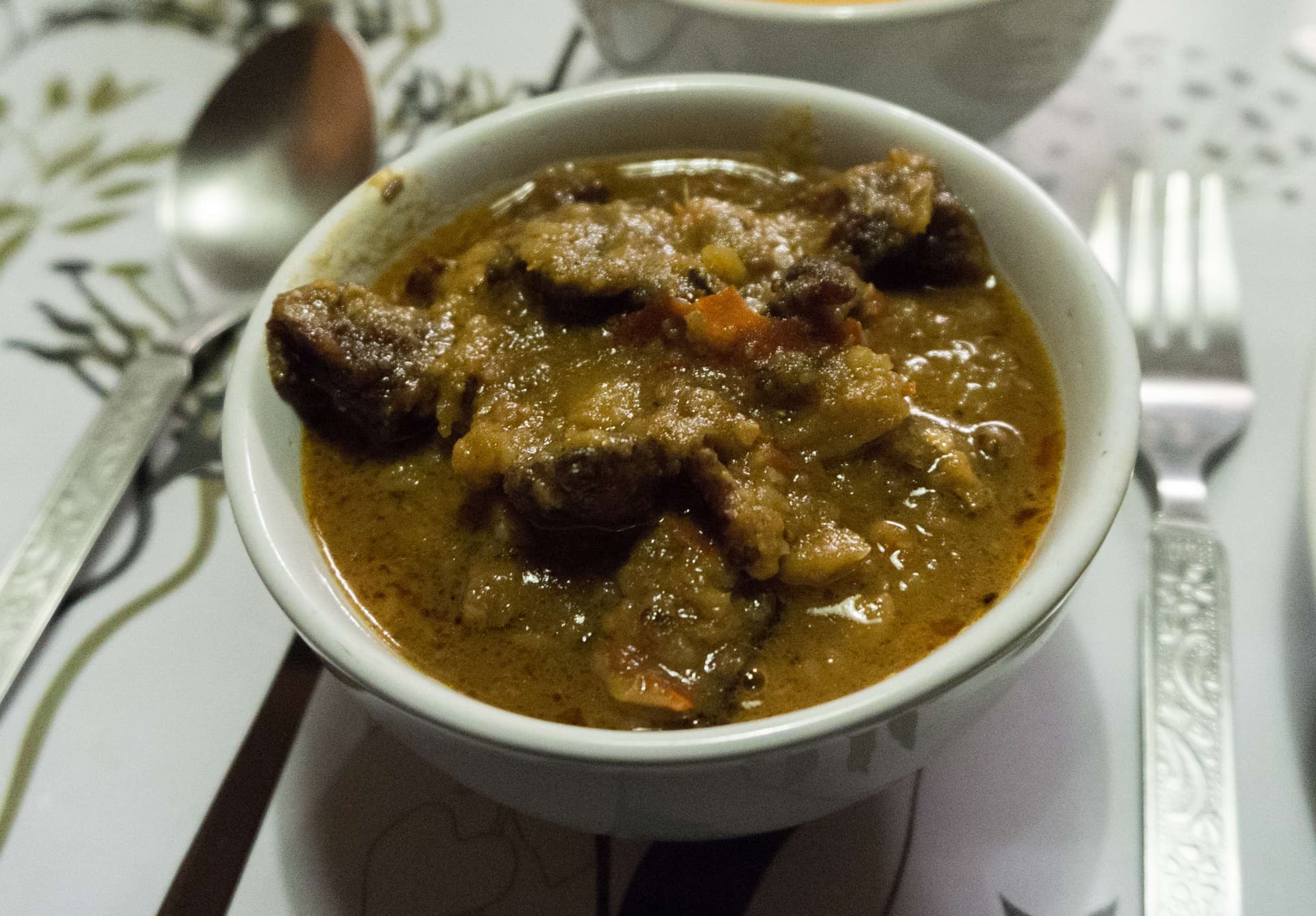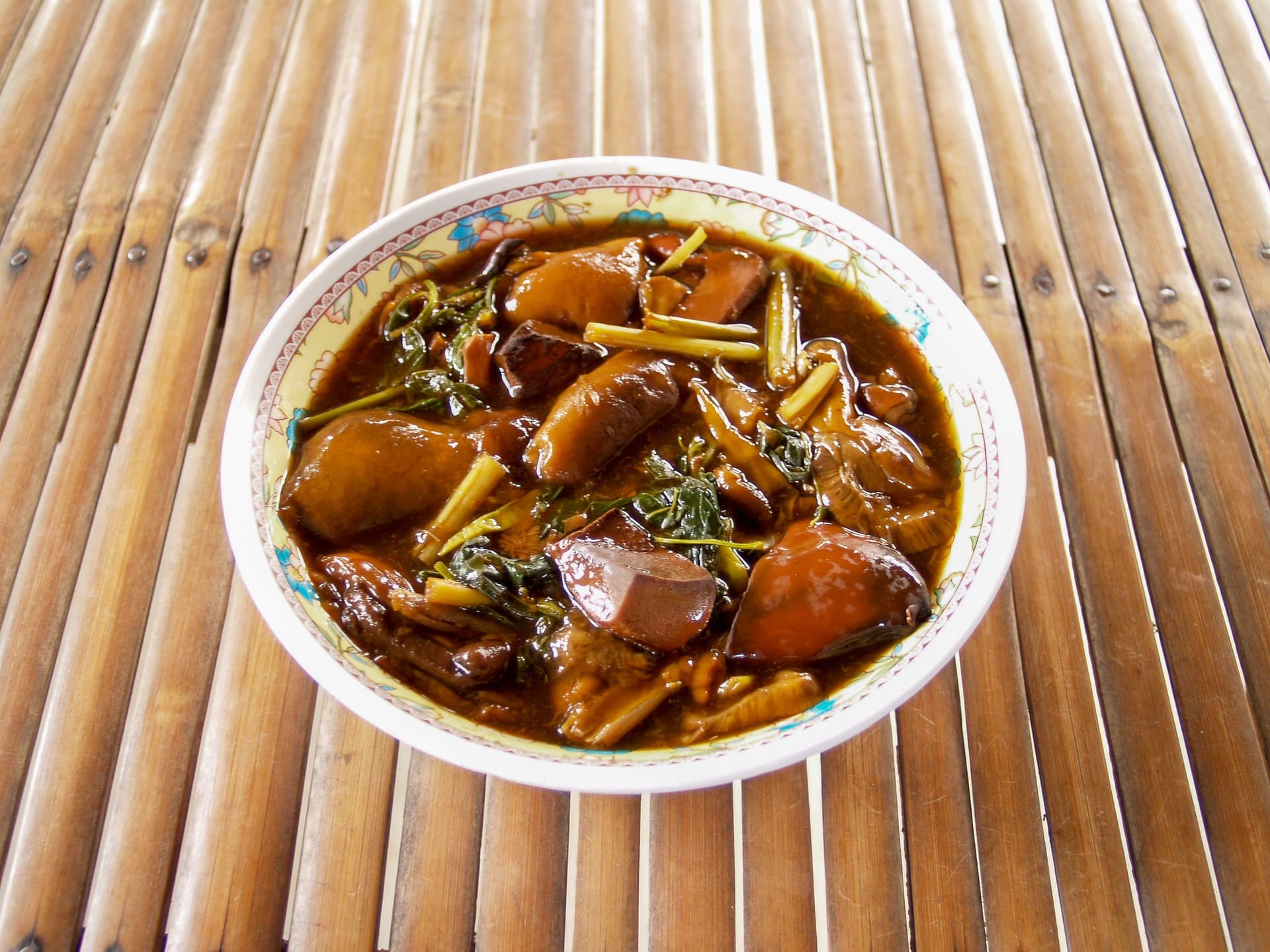Jharkhand's Tribal Food Pairings With Local Liquor That Goes Beyond Chicken
Across urban India, meat served alongside cocktails like the negroni or gimlet, or traditional liquors such as tadi or local rice wine, often follows a predictable pattern — grilled kebabs, fried prawns, and chilli chicken. But these are not traditional classics — just standard chakna fare. Intentional pairings rooted in tribal traditions are rarely seen on restaurant menus and are mostly preserved within home settings.
Traditional beverages like handia, mahua and salfi are never served in isolation. They are paired with food that is selected not for familiarity, but for function. Which meats complement fermented rice? What flavours stabilise floral or sour liquors? These questions are answered through time-tested practices. Chicken is rarely the centrepiece. Instead, meals include bamboo-smoked pork, river crab roasted in leaf wrappers, or snail stewed with seasonal greens.
Each preparation supports the drink’s flavour profile — enhancing, absorbing or balancing as required. To explore these pairings is to understand a culinary system where food and drink are not separate entities, but calibrated components of a single serve. It is a tradition that asks not what is popular, but what fits — and why.

Why Are Tribal Liquor Always Paired With Meat?
Serving traditional liquor in Jharkhand without an accompanying meat preparation is considered incomplete within tribal culinary practice. The combination is a result of cumulative understanding around how certain foods interact with fermented beverages. Drinks like handia, mahua, salfi develop mild acidity and earthy undertones due to grain fermentation, flower sugars, or tree sap ageing. These characteristics demand pairing with food that can neutralise acidity, enhance texture, or extend flavour retention across the palate.
Meat dishes, especially those prepared through controlled roasting or long simmering, provide that balance. The dishes are structured components in a complete consumption pattern. Fat content binds with the sour base of the liquor, while regional herbs introduce secondary flavours that lift the profile without masking it.
Each component of the dish is selected based on how it behaves in relation to temperature, fermentation profile, and texture. These are not improvised combinations, but inherited systems of compatibility. The consistency of this practice across villages indicates a culinary logic that privileges alignment over variety, ensuring food and drink operate as one unified pairing.

Also Read: Tribal Fermented Dishes Made With Organic Liquor You Didn’t Know About
10 Tribal Dishes From Jharkhand To Pair With Local Liquor
1. Ghonghi Stew
Ghonghi stew is a traditional snail-based preparation common in tribal settlements of Jharkhand. The snails are thoroughly cleaned, then simmered in a broth built from garlic, chillies and mustard oil, resulting in a dish that is light but deeply savoury. This stew presents an ideal match for fermented liquors, which carry mild acidity and earthy undertones. Unlike fatty meats, ghonghi does not mask the beverage. Instead, it frames it, drawing attention to its texture and subtle finish.
2. Maduwa Khassi
Maduwa Khassi is a smoked mutton preparation featuring skin-on cuts, cooked slowly over firewood to develop a rich, layered profile. The seasoning remains minimal, allowing the natural meat character to interact fully with smoke. What results is not overly spiced but robust meat. The fat beneath the char imparts rich texture without making the drink dull, while the smoky edges lift the liquor’s floral top notes.

3. Rohad Haku
Rohad Haku is a preparation of sun-dried fish, flash-fried and tossed in a hot mix of ginger, garlic, vinegar, and ground chillies. The preservation process increases its flavour, creating a concentrated salt profile balanced by controlled acidity. The crisp texture offsets the liquor’s softer, slightly sour character, while the vinegar enhances clarity. A bartender serving salfi or mahua will find this pairing particularly effective for guests who prefer bright, briny starters.
4. Pork Meat Salan
Pork Meat Salan is a curry-style preparation where tender cuts of pork are slow-cooked alongside potatoes in a base enriched by local spices and mustard oil. The dish is soft, yielding meat supported by starch and a savoury, pepper-laced gravy. It carries medium fat and mid-level spice, making it adaptable across several types of tribal liquor. In particular, this dish goes well with mahua as the drink has floral notes. The starch absorbs sweetness, while the pork’s taste broadens the body of the concoction.
5. Mutton Chakor Jhol
Mutton Chakor Jhol combines goat meat with wild leafy greens, often chakor or other foraged varieties, simmered in a light broth. The result is a spiced stew, where the greens add bitterness, and the meat introduces umami. The dish builds subtle complexity over time, and fits well alongside handia, especially when the brew is light-bodied and mildly acidic. The bitterness of the greens tempers the liquor’s sourness, while the mutton anchors its finish.
6. Kala Chana Khassi
Kala Chana Khassi is a slow-cooked curry of black chickpeas and mutton, built over low heat to produce a rich dish with a grainy texture and savoury taste. The chickpeas hold their shape, contributing bite and mild bitterness, while the mutton adds body as well as aromatic resonance. This dish pairs well with both handia and salfi, as the meat sustains the liquor’s body. The spice profile is earthy and grounded, echoing the fermentation tones in traditional brews.

7. Sal Bamboo Pork
Sal Bamboo Pork is a carefully assembled preparation that utilises two defining components of tribal cuisine: fermented bamboo shoots and sal leaves. Cuts of pork are wrapped in sal leaves and cooked slowly over fire, allowing the meat to soften while absorbing the sharp, slightly acidic flavour of the bamboo. The leaves infuse a distinct aroma, creating a layer of smoke-wood character in a dish that is smoky and features simplicity. When served alongside handia or mahua, the dish performs a dual role — tempering the liquor’s acidity and amplifying texture. The shared fermentative quality between bamboo and drink builds continuity. Sal leaf oil stabilises the aroma on the tongue, while pork fat rounds out any abrupt edges in the pour.
8. Magur Mach Jhol
Magur Mach Jhol is a traditional fish curry prepared using walking catfish, a freshwater species valued for its firm structure and oil content. The dish features a light broth composed of mustard seeds, turmeric, and native greens, simmered slowly to avoid masking the fish’s integrity. Rather than relying on heavy spices, the jhol depends on balance. The fish remains intact yet tender, allowing it to absorb the broth’s aromatics without losing its identity. The broth, being clean and herbaceous, allows floral notes from the liquor to amplify in the combo.
9. Pork Kaleji
Pork liver, when seared to precision, develops a creamy interior layered beneath a lightly caramelised crust. In the tribal culinary context, it is prepared in mustard oil, combined with finely chopped onions and dry-ground spices. The resulting flavour is rich with a slightly bitter finish from seasoning. The pairing works best when the liquor offers clarity and a floral or lightly sour top note. These qualities temper the liver’s richness while highlighting its texture.
10. Red Ant Chutney with Fried Fish
Red ant chutney, locally known as chaprah, is a sour condiment made by grinding red weaver ants alongside their eggs with salt, chilli, and foraged aromatics. The paste is sour, pungent, and rich, offering a flavour completely distinct from common chutneys. Traditionally, it is paired with fried river fish that has been lightly salted and crisped in mustard oil. The fish serves as a textural counterweight to the chutney’s acidity. Together, they form a contrast that is as functional as it is flavourful. When served alongside tribal liquors such as handia, the chutney acts as an acid amplifier, pulling forward the drink’s notes. It does not mellow the liquor but frames it more precisely.
At The End,
When exploring tribal liquor pairings, a wide spectrum of native meat preparations emerges, each offering a unique taste and compatibility than conventional poultry. These dishes align more precisely with the structural demands of fermented brews, enhancing texture, balancing acidity, and sustaining flavour in ways that standard chicken-based options rarely achieve.
*Drink Responsibly. This communication is for audiences above the age of 25.




